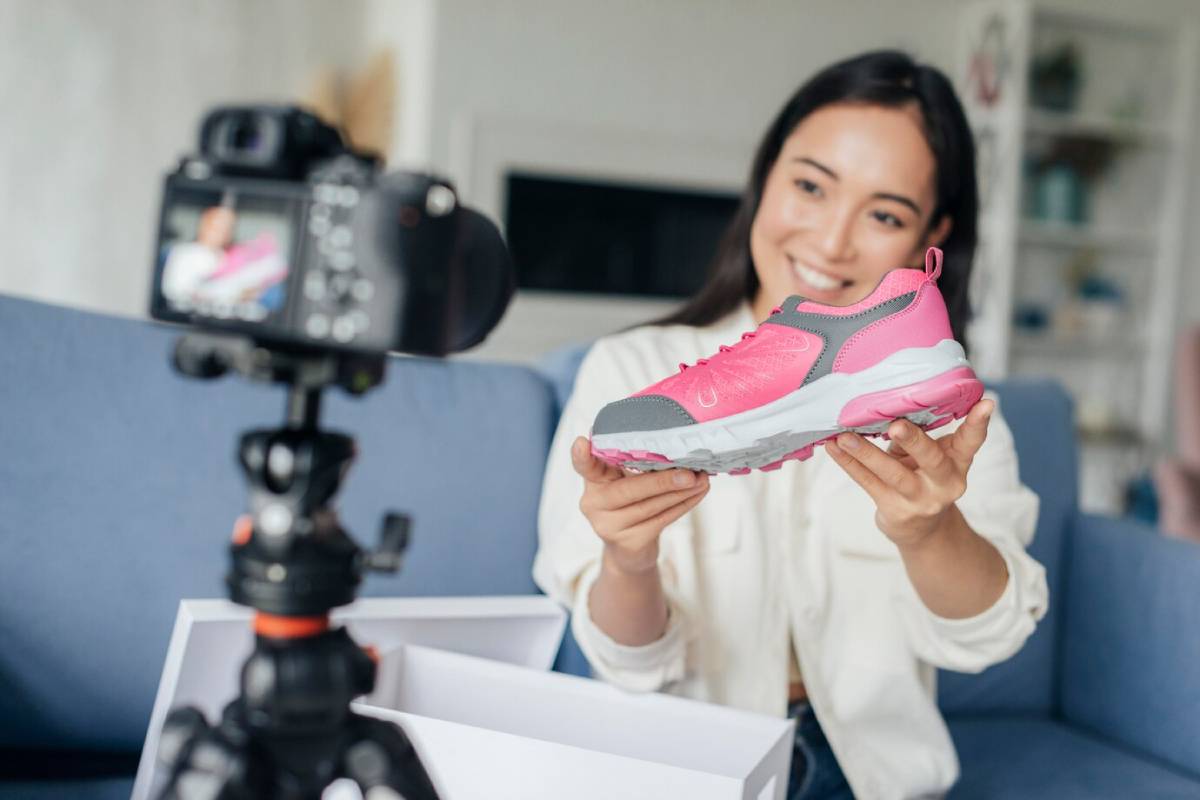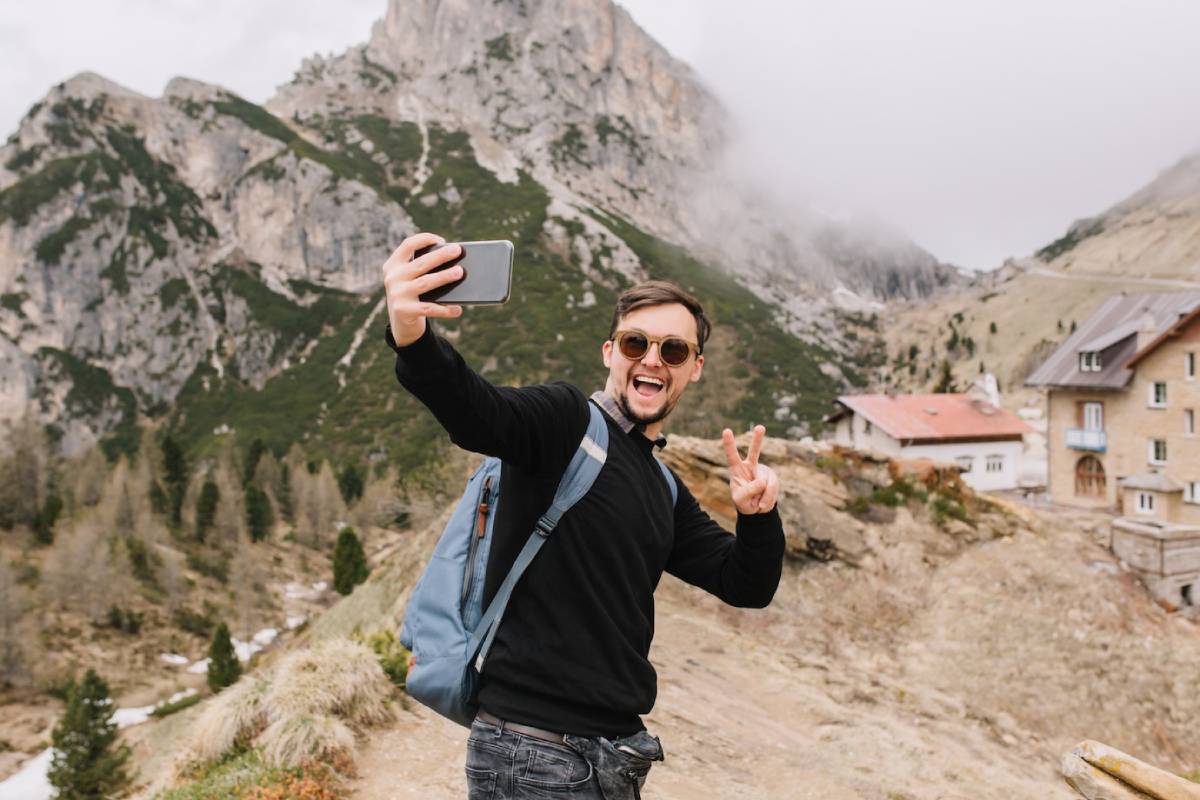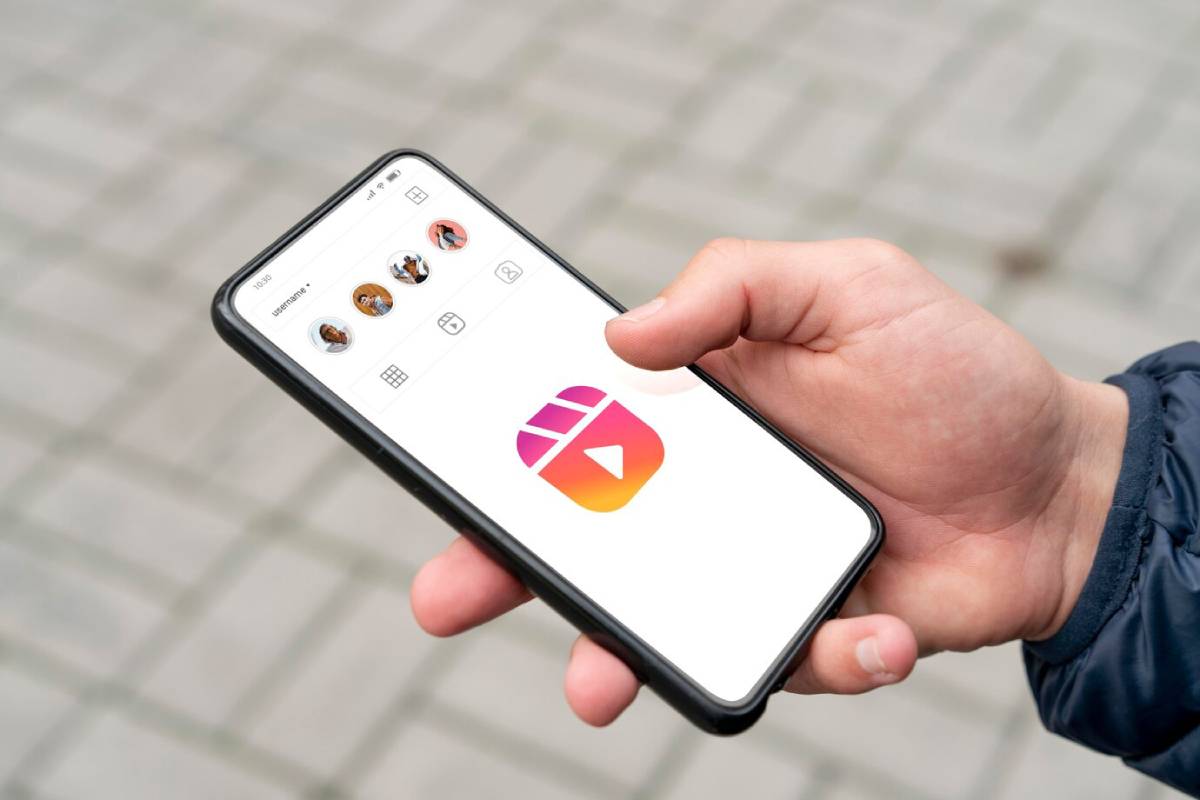
How to Use Influencer Marketing to Sell Travel Gadgets
Travel gadgets make life easier for adventurers, nomads, and frequent flyers. But no matter how good your products are, you need smart marketing to stand out. Working with travel influencers helps you build trust fast, boost visibility, and drive sales through real-world recommendations.
This guide shows you how to master gadget marketing using influencer power — and why social proof ecommerce is the secret weapon for selling more travel gear.
Why Influencer Marketing Matters for Travel Gadget Sales
Modern shoppers trust people more than brands. They want real advice from real users, not polished ads.
When you work with the right influencers:
- You reach targeted audiences ready to buy.
- You build instant credibility through social proof.
- You create authentic content that outperforms ads.
Pro tip: Micro-influencers (5,000–50,000 followers) often deliver better results than big-name celebrities, because their audiences trust them more.
Quick Checklist: Getting Started with Influencer Marketing
Before launching your campaign:
- Define your target audience clearly.
- Find influencers who match your brand values and audience.
- Focus on engagement rates, not just follower counts.
- Choose platforms where your customers hang out (Instagram, YouTube, TikTok).
- Offer free products or paid partnerships with clear expectations.
- Encourage honest reviews and real-use content.
- Use trackable discount codes or affiliate links.
- Repurpose influencer content across your website and ads.
- Follow all disclosure rules (e.g., #ad, #sponsored tags).
- Track results and adjust your strategy based on data.
Important: Authenticity is everything. Forced influencer promotions do more harm than good.
Step-by-Step Guide: How to Use Influencer Marketing to Sell Travel Gadgets
1. Know Your Audience and Choose the Right Influencers

First, understand who you want to reach.
Are your customers:
- Adventure backpackers?
- Remote workers hopping between cities?
- Family travellers needing smart gear?
Once you know this, find influencers whose followers match your audience.
Look for:
- Relevant travel styles (adventure, digital nomad, luxury, family travel).
- Engaged communities (good likes, comments, shares).
- Authentic voices who share real experiences.
Tip: Small, niche influencers often bring better conversion rates than huge accounts.
2. Research Influencers Carefully
Do not pick influencers based only on pretty photos.
Check:
- Engagement rates (good is 3–8%, depending on the platform).
- Past collaborations — were they natural or too “salesy”?
- Audience demographics (location, age, interests).
- Content quality — storytelling beats staged pictures.
Spend time watching their stories, posts, and videos. Look for people who genuinely love travel and would use your gadgets.
3. Craft Offers That Feel Natural
Influencer promotions must feel like recommendations, not ads.
Ideas for natural campaigns:
- “What’s in my travel bag” videos featuring your gadgets.
- Real product tests are performed during trips (charging devices are used while camping, and waterproof cases are used during river treks).
- Comparison videos showing why your gadget beats alternatives.
- Travel challenges (e.g., surviving a weekend off-grid using your gear).
Focus on showing real benefits through authentic experiences.
4. Choose the Right Platforms

Different types of content work better on different platforms.
Best options for travel gadget promotion:
- Instagram: For quick product showcases and real-use stories.
- YouTube: For detailed gadget demos, reviews, and comparison videos.
- TikTok: For fun, here are short gear tips or mini-reviews.
Pick platforms based on where your ideal customers spend time.
5. Set Clear Goals and Agreements
Avoid vague influencer deals.
Be clear about:
- What kind of content do you expect (photos, videos, blog posts).
- Deadlines for posting.
- Key product features to highlight.
- Any discount codes or affiliate links to track sales?
- Disclosure requirements (e.g., using #ad or #sponsored).
Put agreements in writing to avoid confusion later.
6. Encourage Storytelling, Not Scripts
Good influencer content feels like a friend’s recommendation.
Let influencers:
- Use their own voice and style.
- Share their honest opinions (even if not 100% perfect).
- Show your gadgets being used naturally, not staged.
Trust them to tell real stories. Their creativity often brings better engagement than strict scripts.
7. Use Affiliate Marketing to Boost Reach
Offer influencers:
- Unique discount codes to share with their followers.
- Commission for each sale through affiliate links.
This motivates influencers to promote more actively. It also helps you track which collaborations deliver real results.
8. Repurpose Influencer Content Across Your Brand
Good influencer posts should not just live on their profiles.
Repurpose content by:
- Sharing posts in your email newsletters.
- Featuring videos or quotes on your product pages.
- Using real-user stories in paid ads.
Always credit the influencer and ask for permission if needed.
Real-user content often performs better than polished brand campaigns.
9. Track Campaign Results and Learn
Use simple tools to track:
- Link clicks.
- Discount code uses.
- Engagement on influencer posts.
- Direct feedback from new customers (“How did you hear about us?”).
Over time, this data shows which influencers, platforms, and types of content bring the best returns.
Focus future campaigns around what works, and drop what does not.
Best Practices for Influencer Marketing: Travel Gadgets
- Stay Real: Pick influencers who match your brand vibe.
- Be Flexible: Let influencers showcase gadgets their way.
- Focus on Benefits, Not Just Features: Show how gadgets solve real travel problems.
- Think Long-Term: Build lasting influencer relationships, not just one-off campaigns.
- Celebrate Your Influencer Community: Feature your partners and show gratitude for their work.
FAQs
1. How much does it cost to work with travel influencers?
It varies. Some micro-influencers accept free gear. Others charge £100–£500+ depending on reach and engagement.
2. Is it better to pay influencers or just offer free products?
Both can work. For small influencers, free products are often enough. For bigger campaigns, a mix of product and payment often gets better content.
3. How can I tell if an influencer’s audience is real?
Check their engagement rates and comments. Lots of likes but no comments often signal fake followers.
4. Can I use influencer content in my ads?
Usually, yes, but always get clear permission to write first.
Building Trust and Driving Sales Through Real Voices
Travellers trust travellers. Real recommendations from people they admire carry more weight than any polished ad.
When you master travel gadget marketing using authentic travel influencers, you build powerful social proof, ecommerce momentum that boosts brand trust, increases sales, and grows your community.
Find the right voices. Share real stories. Build a brand adventurers love.


